Since there are so many types and styles of jewelry on Nihaojewelry, it can be overwhelming to choose the right piece for you. So in this article, we will compare and contrast five common materials used in jewelry making: alloy jewelry, 925 silver jewelry, stainless steel jewelry, copper jewelry, and gold-plated jewelry. We will discuss their advantages and disadvantages, their properties, and their suitability for different types of jewelry.
Alloy Jewelry
Most of the products on the Nihaojewelry website under the category of fashion jewelry are made of alloy.
Alloy jewelry is made by combining two or more metals to create a new metal that has different properties and characteristics than its parent metals. The most common alloys used in jewelry making are brass, bronze, and pewter. Alloy jewelry is popular for its affordability, versatility, and durability. Alloy jewelry can be easily molded into different shapes and designs, making it a popular choice for fashion jewelry. However, there are some disadvantages to alloy jewelry that should be considered before purchasing.
Advantages:
Affordability: Alloy jewelry is typically less expensive than precious metals like gold and silver, making it a more accessible option for consumers on a budget.
Versatility in design: Alloy jewelry can be easily molded and shaped into various designs, making it suitable for different types of jewelry, including necklaces, bracelets, earrings, and rings.
Easy to work with: Alloy jewelry is easy to work with, and jewelry makers can use different techniques like casting, soldering, and stamping to create unique pieces.
Disadvantages:
May tarnish over time: Alloy jewelry can tarnish over time, especially when exposed to air, water, and chemicals. Tarnishing can cause the metal to turn dark, lose its shine, and even become brittle.
May cause allergic reactions in some people: Some alloys used in jewelry making can contain nickel or other allergenic metals that can cause skin irritation, rashes, or allergic reactions in some people.
The Fine Jewelry category on the Nihaojewelry website covers 925 silver jewelry, stainless steel jewelry, copper jewelry, gold-plated jewelry, and jewelry made of other materials.
925 Silver Jewelry
925 silver jewelry is made from 92.5% pure silver and 7.5% other metals like copper or zinc. The term “925” refers to the percentage of silver content in the metal. 925 silver jewelry is popular for its high value, prestige, and durability. However, it is relatively expensive compared to other materials and requires proper care and maintenance to keep it looking its best.
Advantages:
High value and prestige: 925 silver jewelry is considered a precious metal and has high value and prestige among consumers.
Hypoallergenic properties: 925 silver jewelry is generally hypoallergenic, making it a suitable choice for people with sensitive skin.
Durability: 925 silver jewelry is durable and can last a lifetime with proper care and maintenance.
Disadvantages:
Relatively expensive compared to other materials: 925 silver jewelry is more expensive than alloy jewelry and other non-precious metals.
Can tarnish over time: 925 silver jewelry can tarnish over time, especially when exposed to air, water, and chemicals. Tarnishing can cause the metal to turn dark and lose its shine.
Get to know more: Top 12 Silver Jewelry Wholesale Website Online
Stainless Steel Jewelry
Stainless steel jewelry is a popular type of jewelry made from a steel alloy that includes chromium. It has become increasingly popular due to its durability, resistance to scratches and tarnish, and hypoallergenic properties.
Pros:
Durability: Stainless steel is a strong and durable material, making it a great option for everyday wear.
Resistance to scratches and tarnish: The chromium in stainless steel makes it resistant to scratches and tarnish, keeping the jewelry looking new for longer.
Hypoallergenic: Stainless steel jewelry is hypoallergenic, making it a great option for people with sensitive skin or metal allergies.
Low-maintenance: Stainless steel jewelry requires minimal maintenance and can be easily cleaned with soap and water.
Affordable: Stainless steel jewelry is often more affordable than precious metals like gold or silver.
Cons:
Difficulty with resizing and repairs: Stainless steel jewelry can be difficult to resize or repair due to its durability and hardness.
May not have the same prestige as precious metals: While stainless steel jewelry is durable and affordable, it may not have the same prestige as precious metals like gold or silver.
Heavy: Some people may find stainless steel jewelry to be too heavy or uncomfortable to wear.
Limited design options: Stainless steel jewelry is limited in its design options compared to other materials like gold or silver.
Read more: Stainless Steel Jewelry: All You Want To Know
Copper Jewelry
Copper jewelry is a type of jewelry made from the metal copper. It has a warm, reddish-brown color and is often used in jewelry making due to its malleability and beauty.
Pros:
Beauty: Copper jewelry has a warm, reddish-brown color that is unique and eye-catching. Malleability: Copper is a soft and malleable metal, making it easy to work with and mold into various shapes and designs.
Affordable: Copper jewelry is often more affordable than precious metals like gold or silver, making it a great option for those on a budget.
Healing properties: Copper is believed to have healing properties and is often used in holistic and alternative medicine practices.
Cons:
Tarnishing: Copper jewelry is prone to tarnishing and may require regular cleaning to maintain its shine.
Allergies: Some people may be allergic to copper and may experience skin irritation or discoloration when wearing copper jewelry.
Not as durable: Copper is a soft metal and may not be as durable as other materials, meaning it can be more easily scratched or dented.
Limited design options: Copper jewelry may have limited design options compared to other materials due to its malleability and softness.
May leave green marks: Copper jewelry may leave green marks on the skin or clothing, which some people may find undesirable.
Read more: Copper Jewelry: The Beauty and Benefits of This Versatile Metal
Gold-plated Jewelry
Actually, gold plating is not material. Gold-plated jewelry is a type of jewelry that features a thin layer of gold applied to a base metal. This layer of gold provides the appearance of real gold jewelry without the high cost.
Pros:
Affordability: Gold-plated jewelry is often more affordable than solid gold jewelry, making it a great option for those on a budget.
Variety: Gold-plated jewelry is available in a wide variety of styles and designs, making it easy to find something that fits your personal taste.
Durability: Gold-plated jewelry is often more durable than other types of plated jewelry and can last for years with proper care.
Hypoallergenic: Gold-plated jewelry is often hypoallergenic, making it a good option for those with sensitive skin or metal allergies.
Cons:
Wear and tear: Over time, the thin layer of gold on gold-plated jewelry can wear off, exposing the base metal underneath.
Maintenance: Gold-plated jewelry may require more maintenance than other types of jewelry, as the gold layer can tarnish or fade if not properly cared for.
Not as valuable: Gold-plated jewelry is not as valuable as solid gold jewelry and may not hold its value over time.
Limited lifespan: Gold-plated jewelry may not last as long as solid gold jewelry, especially if it is worn frequently or exposed to moisture.
Not ideal for everyday wear: Gold-plated jewelry may not be ideal for everyday wear, as the thin layer of gold can wear off quickly with frequent use.
Learn more about gold-plated jewelry in this article.
To summarize the advantages and disadvantages of each material, we have created a comparison chart below:
| Material | Advantages | Disadvantages |
| Alloy Jewelry | – Affordability – Versatility in design – Easy to work with | – May tarnish over time – May cause allergic reactions in some people |
| 925 Silver Jewelry | – High value and prestige – Hypoallergenic properties – Durability | – Relatively expensive compared to other materials – Can tarnish over time |
| Stainless Steel | – High durability – Resistant to scratches and tarnish – Hypoallergenic properties | – Can be difficult to resize or repair – May not have the same prestige as precious metals |
| Copper Jewelry | – Warm, reddish-brown color – Ability to form a natural patina over time – Affordable and easy to work with | – Can tarnish easily – May cause allergic reactions in some people |
| Gold-Plated | – Affordable alternative to solid gold – Wide variety of styles and designs available – Can add a touch of luxury to an outfit | – Gold plating can wear off over time, revealing the base metal underneath – May not have the same value as solid gold |
What to consider when choosing jewelry types for sale?
Material: The type of material used in the jewelry can greatly affect its price, durability, and overall aesthetic. Consider the different types of materials available, such as gold, silver, stainless steel, copper, and various alloys, and choose ones that fit your target audience and budget.
Style and design: Jewelry comes in a wide range of styles and designs, from classic and elegant to modern and trendy. Consider the preferences of your target audience and choose jewelry that fits their style and preferences.
Quality: The quality of the jewelry can greatly affect its value and durability. Consider the quality of the materials, craftsmanship, and overall design of the jewelry, and choose pieces that are well-made and durable.
Price: Price is an important factor when choosing jewelry types for sale, as it can greatly affect the profitability of your business. Consider the cost of materials, labor, and overhead, and price your jewelry competitively.
Branding and marketing: Consider how the jewelry fits into your overall branding and marketing strategy. Choose pieces that align with your brand image and that you can effectively market to your target audience.
Target audience: Consider the demographics and preferences of your target audience when choosing jewelry types for sale. For example, younger audiences may prefer more trendy and affordable options, while older audiences may prefer classic and timeless pieces.
Seasonal trends: Consider seasonal trends and adjust your inventory accordingly. For example, during the holiday season, you may want to stock up on festive and sparkly jewelry, while during the summer, you may want to offer more lightweight and colorful options.
Conclusion:
Each material used in jewelry making has its own unique advantages and disadvantages. By understanding these differences, retailers can decide which materials to offer their customers. If you have no idea to buy bulk buy jewelry for resale, go to Nihaojewelry and get inspiration!


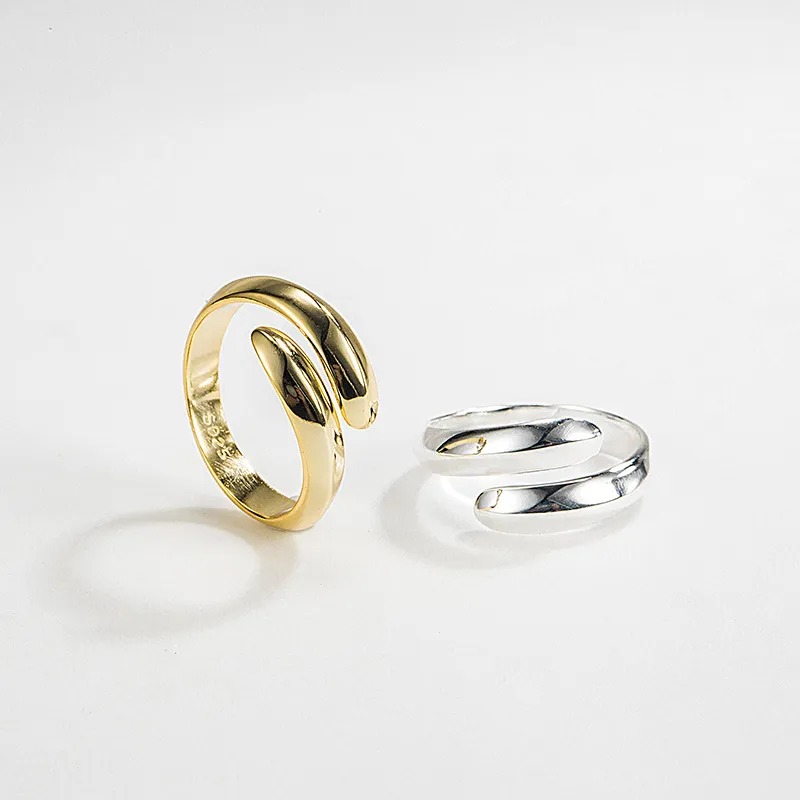

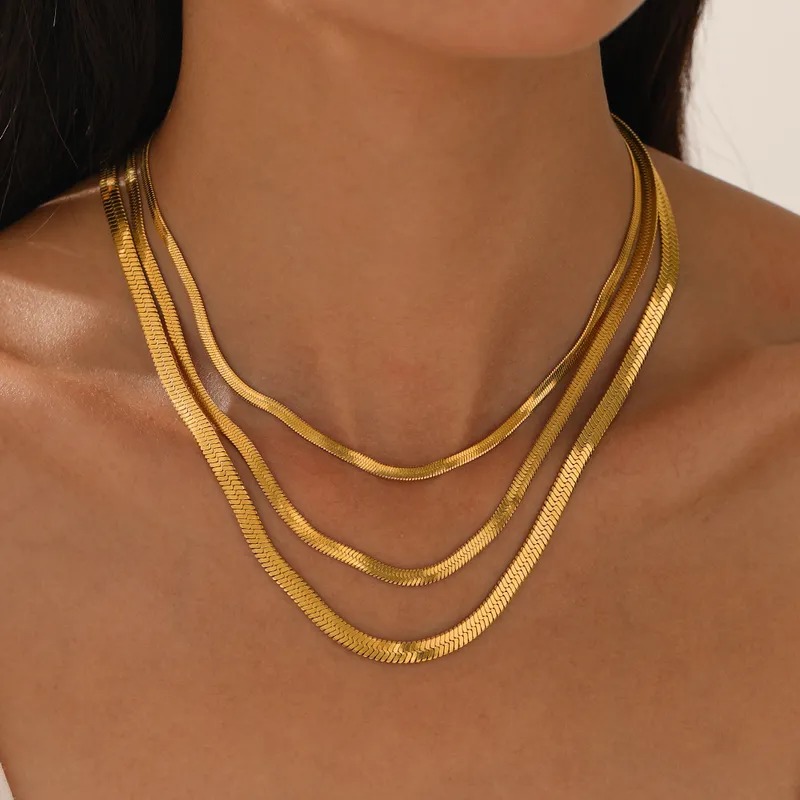
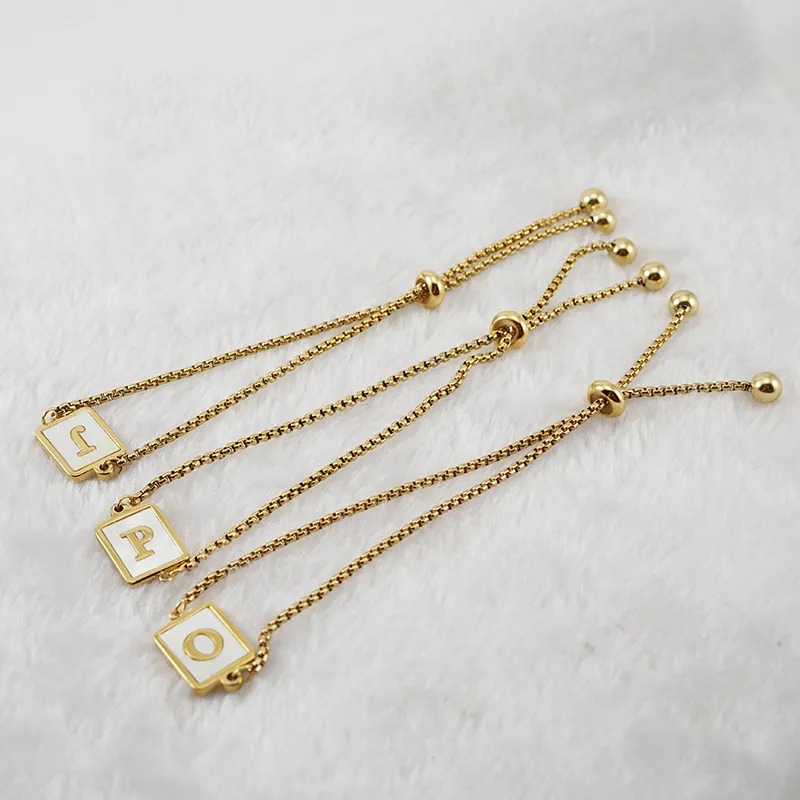
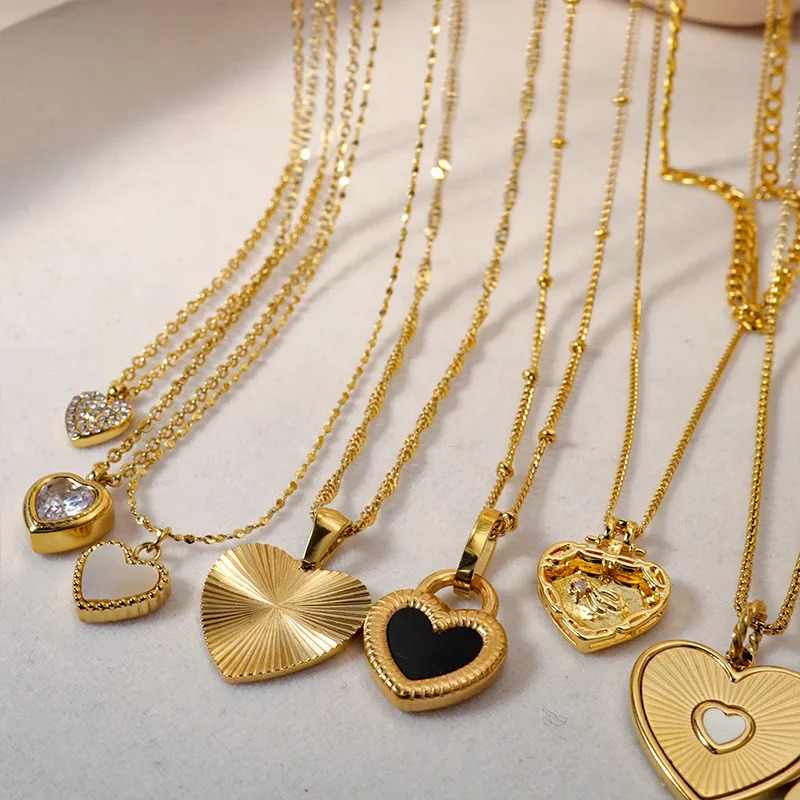
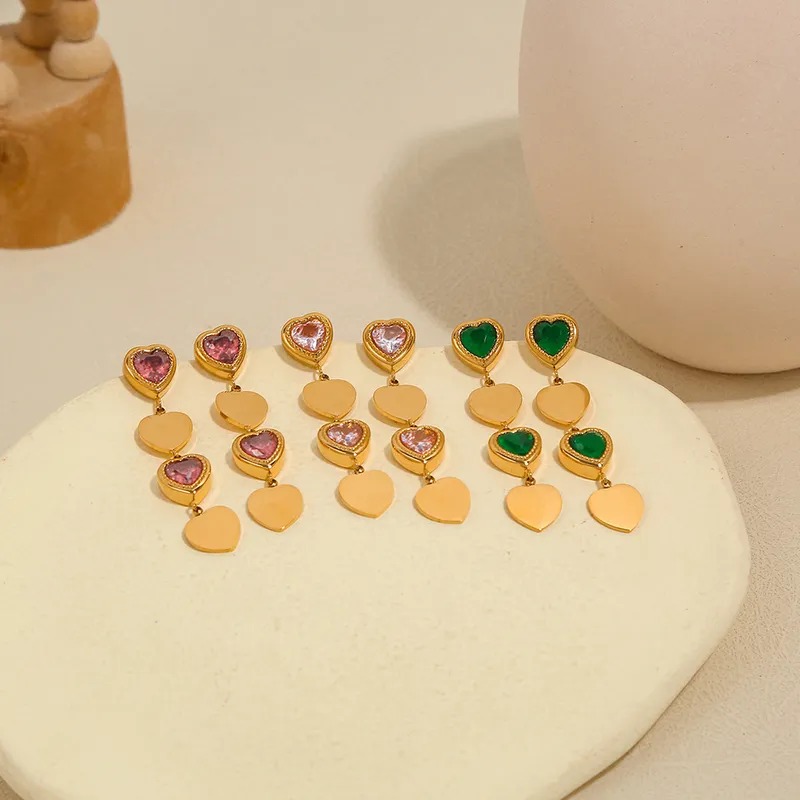
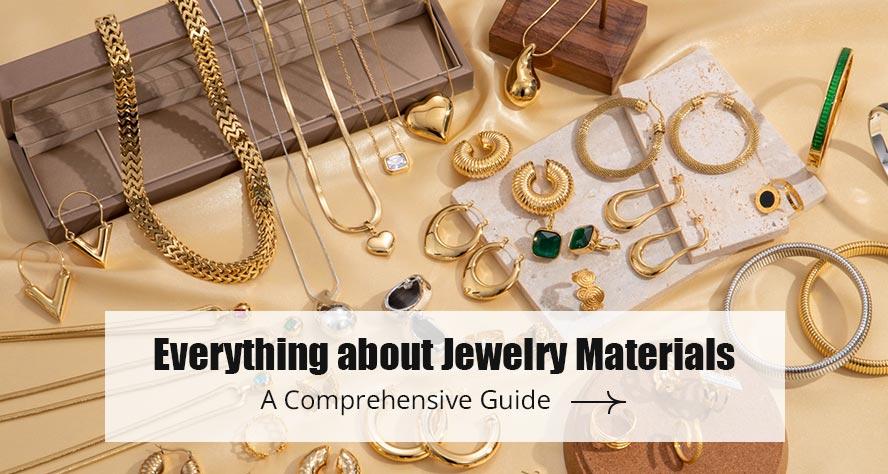
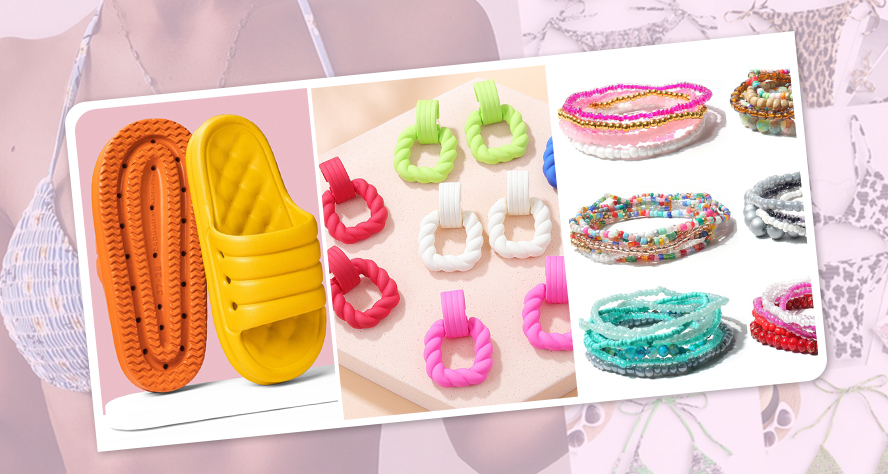
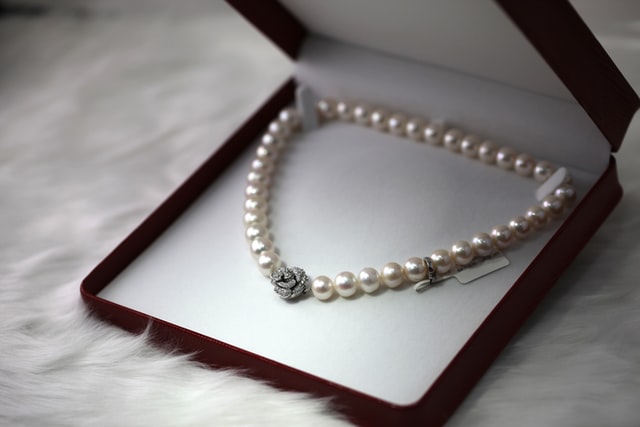
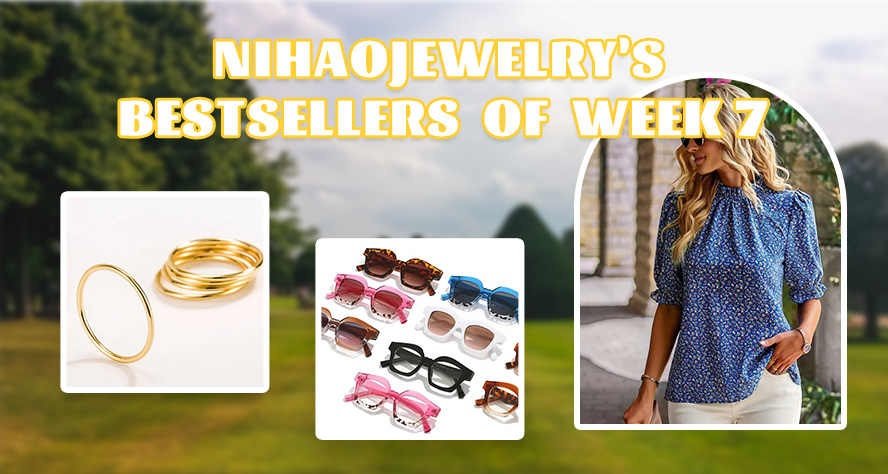
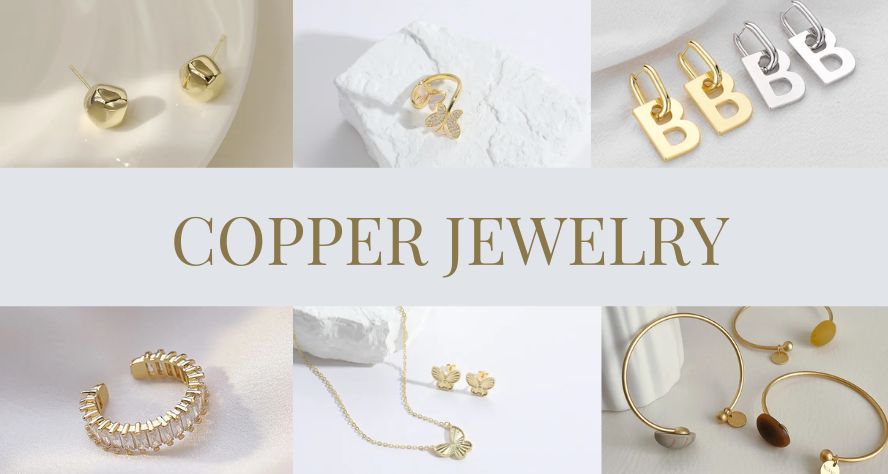

One Comment
Aisha Malik
Thank you for sharing this insightful post. I found it to be engaging and informative. Keep up the excellent work.